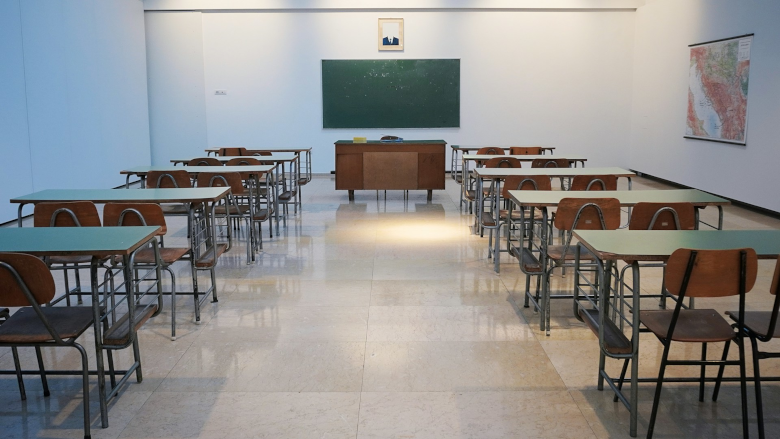- Better Together: How MFA and Strong Password Practices Can Help Bolster Security
- “美 CISO 평균 연봉 6억,상위 1%는 60억원 넘어···보안 예산은 여전히 부족” IANS 설문조사
- 아웃시스템즈, 매출 5억 유로 돌파 및 신임 CEO 선임 발표
- 정철환 칼럼 | 변화의 바람에 맞설 것인가? 따를 것인가?
- Best home automation systems 2025: I'm a smart home reviewer and these are the top ones
Challenges with mobile apps as a safety solution in K-12 schools

Little Rock School District is the second largest district in Arkansas, serving 21,200 students across 48 schools and centers with a workforce of 4,000 employees. Situated in a rural region of the United States, the district had historically faced challenges accessing advanced safety technology tools and software.
In 2015, Arkansas legislators enacted the School Safety Act, mandating that all schools in the state implement a particular mobile phone-based school safety app for staff to report emergencies. Little Rock School District complied with this directive, hoping a mobile app would address their safety concerns. The app would need to be downloaded onto each staff member’s personal mobile phone for emergency notifications. Unfortunately, immediate issues arose. Most staff members were reluctant to download the app on their personal devices and didn’t see its value. Among the district’s 4,000 employees, only 20% downloaded the app. Teachers explained that dialing 911 seemed more straightforward than using the app. They also expressed concerns about privacy and the app’s functionality in areas on school campuses without Wi-Fi.
It appeared the district’s efforts to enhance student and staff safety had hit a major roadblock.
Following the tragic school shooting in Uvalde, Texas in May 2022, the Governor of Arkansas signed an executive order forming the Arkansas School Safety Commission. This commission provided safety recommendations for schools and allocated additional funding to implement them. The recommendations included providing master keys to local law enforcement, creating an information-sharing program for cyber security incidents, conducting routine unannounced safety checks, and establishing a statewide school safety tip line.
In an effort to identify new strategies and technologies for the district, Little Rock’s Superintendent attended a safety conference and discovered wearable panic buttons.
The solution is worn like a staff ID badge and allows any staff member to quickly and discreetly send an alert that instantly reaches administrators and responders. The one-button solution can send alerts to either on-campus responders, such as an SRO, assistant principal or nurse, or can initiate a full campus lockdown and notify the local police department or 911 dispatch.
Upon returning from the conference, the security team at Little Rock School District was asked to investigate wearable panic button solutions, especially as the district experienced a significantly low adoption rate with its current safety solution. The team found that the wearable solution provided more benefits compared to mobile-based apps, such as:
- Always accessible and easy-to-use while under duress with a single button to initiate an alert
- Maintains personal privacy of staff and only locates once the alert is activated
- Notifies first responders and staff of the precise location of the incident on a digital campus map and does not rely on cellular or Wi-Fi in a lockdown, activates full audio and visual communication campus-wide so everyone knows the campus is under threat and can get to safety as soon as possible
Not much later, the district adopted wearable panic buttons. While teachers and staff had the choice to wear and use the badge, Little Rock School District saw full user adoption.
In addition to increasing adoption and usage, the district saw this boosting staff retention as many had mentioned feeling more protected and safe while at work. The district also began to use this tool as a means to recruit teachers. With teacher shortages continuing to rise, implementing a protocol for workplace safety has made all the difference.
The Little Rock School District’s pursuit of enhanced safety and security reflects a shift from traditional approaches to cutting-edge solutions. The adoption of wearable panic buttons emerged as a game-changer, not only addressing the reluctance of staff to use personal devices but also providing a more reliable and efficient safety solution. The positive outcomes underscore the significant impact of embracing advanced safety technologies in educational settings. The District’s commitment to the safety and well-being of its students and staff sets a commendable example for other districts grappling with similar challenges. Through the implementation of progressive solutions, the district not only overcame hurdles but also forged a safer, more secure environment for all its stakeholders.

